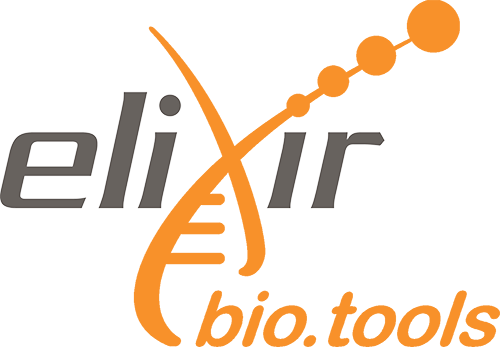e-learning
Reference-based RNA-Seq data analysis
Abstract
In recent years, RNA sequencing (in short RNA-Seq) has become a very widely used technology to analyze the continuously changing cellular transcriptome, i.e. the set of all RNA molecules in one cell or a population of cells. One of the most common aims of RNA-Seq is the profiling of gene expression by identifying genes or molecular pathways that are differentially expressed (DE) between two or more biological conditions. This tutorial demonstrates a computational workflow for the detection of DE genes and pathways from RNA-Seq data by providing a complete analysis of an RNA-Seq experiment profiling Drosophila cells after the depletion of a regulatory gene.
About This Material
This is a Hands-on Tutorial from the GTN which is usable either for individual self-study, or as a teaching material in a classroom.
Questions this will address
- What are the steps to process RNA-Seq data?
- How to identify differentially expressed genes across multiple experimental conditions?
- What are the biological functions impacted by the differential expression of genes?
Learning Objectives
- Check a sequence quality report generated by Falco/MultiQC for RNA-Seq data
- Explain the principle and specificity of mapping of RNA-Seq data to an eukaryotic reference genome
- Select and run a state of the art mapping tool for RNA-Seq data
- Evaluate the quality of mapping results
- Describe the process to estimate the library strandness
- Estimate the number of reads per genes
- Explain the count normalization to perform before sample comparison
- Construct and run a differential gene expression analysis
- Analyze the DESeq2 output to identify, annotate and visualize differentially expressed genes
- Perform a gene ontology enrichment analysis
- Perform and visualize an enrichment analysis for KEGG pathways
Licence: Creative Commons Attribution 4.0 International
Keywords: QC, Transcriptomics, bulk, collections, cyoa, drosophila, rna-seq
Target audience: Students
Resource type: e-learning
Version: 103
Status: Active
Prerequisites:
- Introduction to Galaxy Analyses
- Mapping
- Quality Control
Learning objectives:
- Check a sequence quality report generated by Falco/MultiQC for RNA-Seq data
- Explain the principle and specificity of mapping of RNA-Seq data to an eukaryotic reference genome
- Select and run a state of the art mapping tool for RNA-Seq data
- Evaluate the quality of mapping results
- Describe the process to estimate the library strandness
- Estimate the number of reads per genes
- Explain the count normalization to perform before sample comparison
- Construct and run a differential gene expression analysis
- Analyze the DESeq2 output to identify, annotate and visualize differentially expressed genes
- Perform a gene ontology enrichment analysis
- Perform and visualize an enrichment analysis for KEGG pathways
Date modified: 2025-06-16
Date published: 2016-10-05
Contributors: Amirhossein Naghsh Nilchi, Anika Erxleben, Armin Dadras, Björn Grüning, Bérénice Batut, Clea Siguret, Clemens Blank, Cristóbal Gallardo, Ekaterina Polkh, Graeme Tyson, Hans-Rudolf Hotz, Helena Rasche, Lucille Delisle, Maria Doyle, Marius van den Beek, Martin Čech, Mehmet Tekman, Niall Beard, Nicola Soranzo, Pavankumar Videm, Saskia Hiltemann, Simon Bray, William Durand, Wolfgang Maier
Scientific topics: Transcriptomics
Activity log


